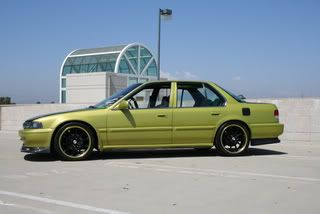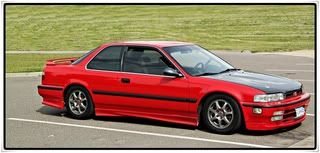i love all the misinformation about televisions in here.
LCDs have a brighter display that people mistake for better
plasmas use a little bit more energy, true. but thats how they are.
Compare a plasma to an LCD of the same size.
both are 1080p. which one is better? the LCD will have less glare, and use less energy for the most part. the LCD has a brighter picture that people are attracted to. they are also more expensive.
a plasma will have a better color quality. period. no LCD will ever have the color quality of a plasma TV. red is key. because the LCD is brighter than normal, everything tends to be washed out. Plasmas are the only TV that can get a true red on their display. they also have a better black display, but tend to look darker to most people who look at them in a store. plasmas also have an issue with glare because of the plexi glass screen.
it's not true that if an LCD gets damaged it only affects the direct area. if you lose one pixel, your chances of losing that line either vertically or horizontally are gonna go up A LOT. Cracking a plasma screen is harder to do because it's stronger. the LCDs use a plastic film over the actual LCD panel. thats it.
LED, is just doing what an LCD does with more flair. like 1 1/2" of flair. but they still lack the color of a plasma (not as bad as the LCD though) and they are a shit ton more expensive.
LCDs have a brighter display that people mistake for better
plasmas use a little bit more energy, true. but thats how they are.
Compare a plasma to an LCD of the same size.
both are 1080p. which one is better? the LCD will have less glare, and use less energy for the most part. the LCD has a brighter picture that people are attracted to. they are also more expensive.
a plasma will have a better color quality. period. no LCD will ever have the color quality of a plasma TV. red is key. because the LCD is brighter than normal, everything tends to be washed out. Plasmas are the only TV that can get a true red on their display. they also have a better black display, but tend to look darker to most people who look at them in a store. plasmas also have an issue with glare because of the plexi glass screen.
it's not true that if an LCD gets damaged it only affects the direct area. if you lose one pixel, your chances of losing that line either vertically or horizontally are gonna go up A LOT. Cracking a plasma screen is harder to do because it's stronger. the LCDs use a plastic film over the actual LCD panel. thats it.
LED, is just doing what an LCD does with more flair. like 1 1/2" of flair. but they still lack the color of a plasma (not as bad as the LCD though) and they are a shit ton more expensive.






 ....100 inches of greatness!!!im getting a 42in plasmsa from walmart.
....100 inches of greatness!!!im getting a 42in plasmsa from walmart.





Comment